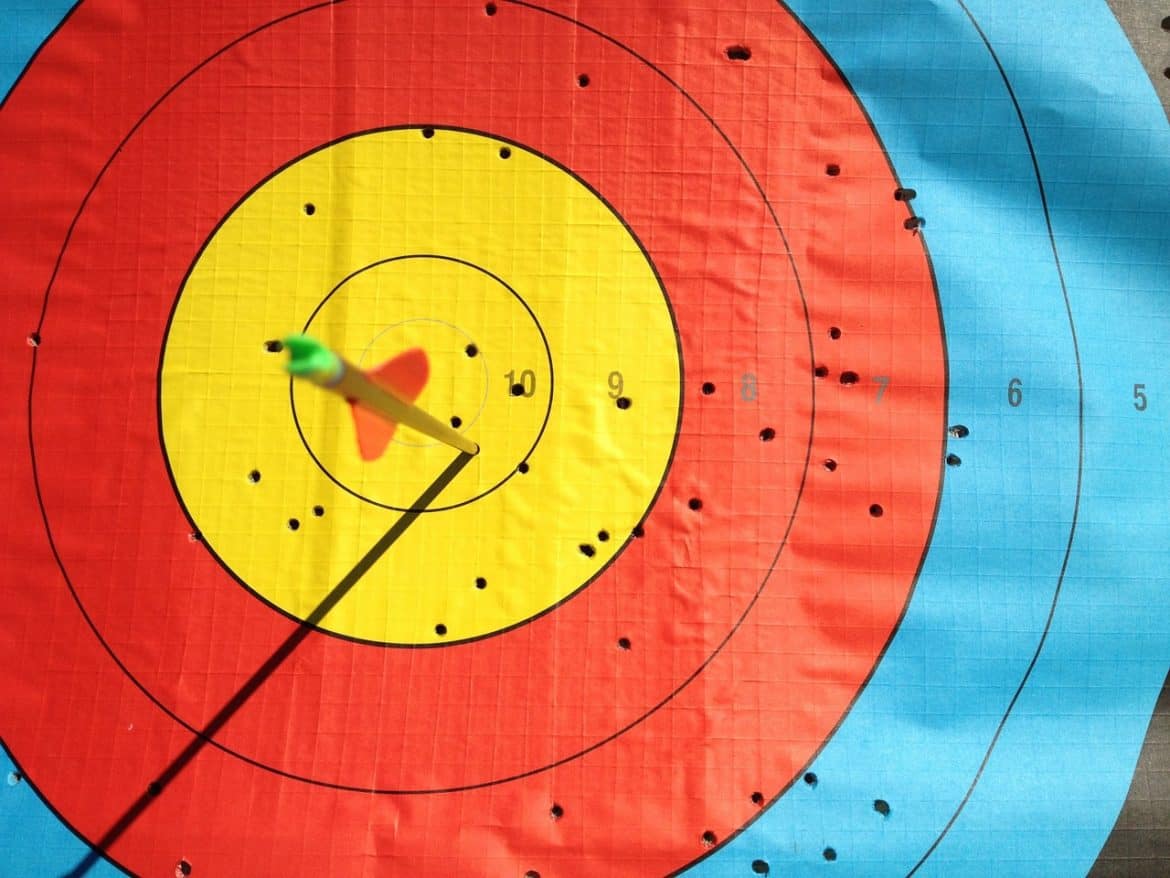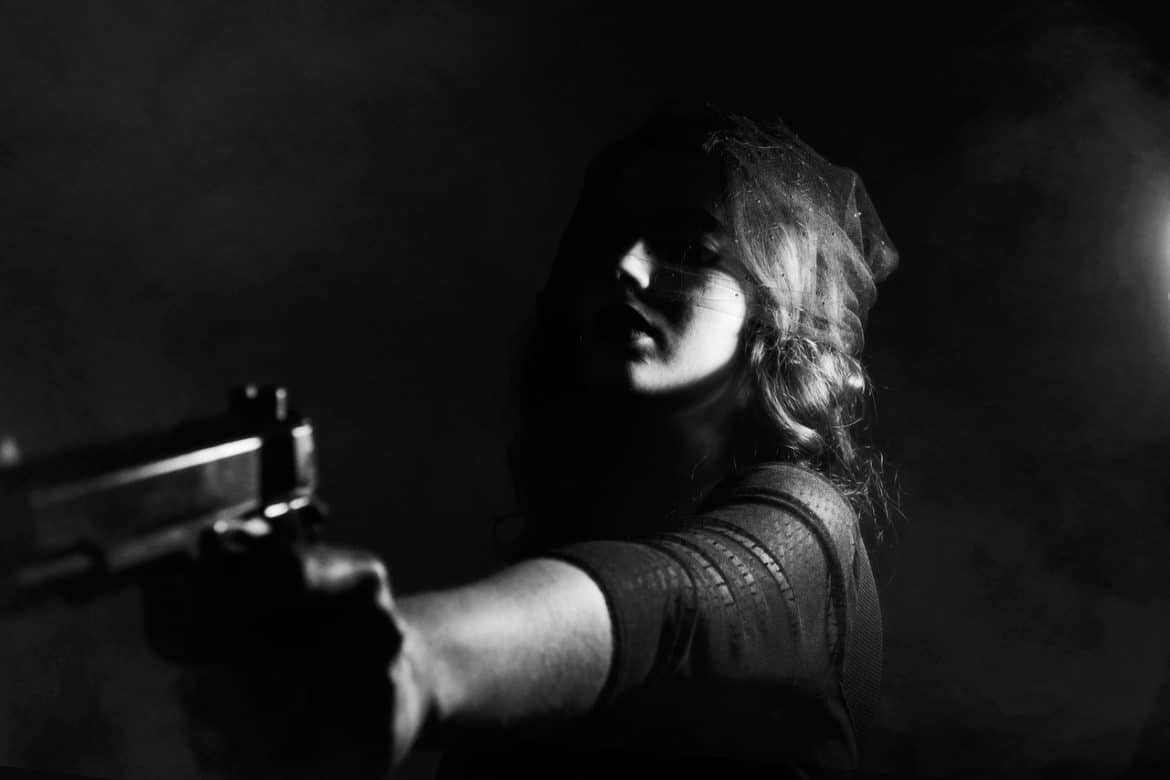Most cheese was historically made with animal rennet, nowadays, a lot of cheese is made with a mold based rennet. It is possible to make a vegetarian rennet for those that are either vegetarian, vegan, or who do not have the resources to make animal based rennet. Today we will make a DIY Vegetable Rennet […]
Year: 2016
The Best Archery Tips for Better Result
The state of absolute perfection is achieved by no Archer. Many steps are involved in a complicated process and too many details to juggle during each shot. Even archers with perfect coaching and perfect shooting form have to deal with the mental aspects of shooting a bow. Using these Archery Tips you can be an […]
Just 2 Seconds
Just 2 Seconds covers the lessons of past assassination to prevent future ones. Think of every assassination you’ve ever heard about. For most people, a few of these major ones come to mind: Caesar, Abraham Lincoln, John Kennedy, Martin Luther King, Mahatma Gandhi, Indira Gandhi, Anwar Sadat, John Lennon, Israel’s Prime Minister Rabin, Pakistan’s Benazir Bhutto. […]
Clear Backpack Review
#Clearbackpack Now that I went back to work as an instructor at a local prison I needed a clear backpack to carry all my issued tools through the secure checkpoint. While most of you don’t have this problem, I understand that many schools are now requiring clear backpacks to prevent weapons and contraband from entering […]
No Need to Be Afraid of the Dark with the Right Night Vision Scope
Hunting in low or no-light is possible – and it’s easier to catch more – with the right night vision scope. This buyer’s guide will share everything you need. Are you tired of missing your shots in the dark? You need the right night vision scope. With proper night vision equipment, you have No Need […]





